Best Sand for Chicken Coop
- January 17, 2024
- 4 comment
Raising chickens isn’t just a hobby for me; it’s a way of life. I understand the importance of ensuring that every aspect of their environment contributes to their well-being. With this in mind, my journey to discover the best sand for the chicken coop became a personal mission. I spent countless hours observing my flock’s behavior, noting their reactions to different sand types, and tirelessly researching the intricacies of poultry bedding.
As a dedicated chicken keeper, my firsthand experiences with these feathered friends became a cornerstone in the foundation of this comprehensive review. I believe that sharing these insights will not only resonate with fellow enthusiasts but also provide practical guidance for anyone seeking to optimize their chickens’ living conditions.
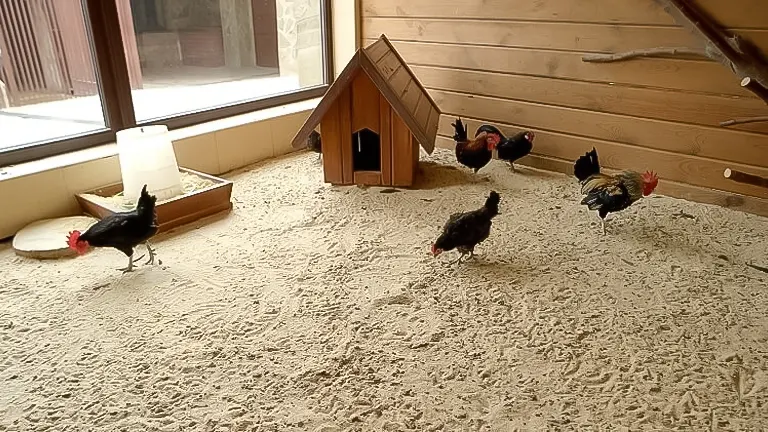
This review isn’t merely a compilation of facts; it’s a narrative woven from the threads of my experiences, a resource designed to empower others on their poultry-raising journey. Join me in this immersive exploration, where we’ll navigate the world of chicken coop bedding together, aiming for the highest standards of comfort and health for our beloved feathered companions.
List of Best Sand for Chicken Coops:
- Coarse Sand Stone
- Wood Ash Sand
- Capcouriers Play Sand
- Little Farmer Redmond Clay Sand
- Pea Gravel Sand
What Type of Sand for Chicken Coop
Delving into the historical roots of sand in chicken coops reveals its incorporation since the previous century, notably introduced in the California egg industry. Initially, the practice garnered minimal attention, given the traditional association of chickens with farm life, where they predominantly inhabited barns and spaces housing hay.
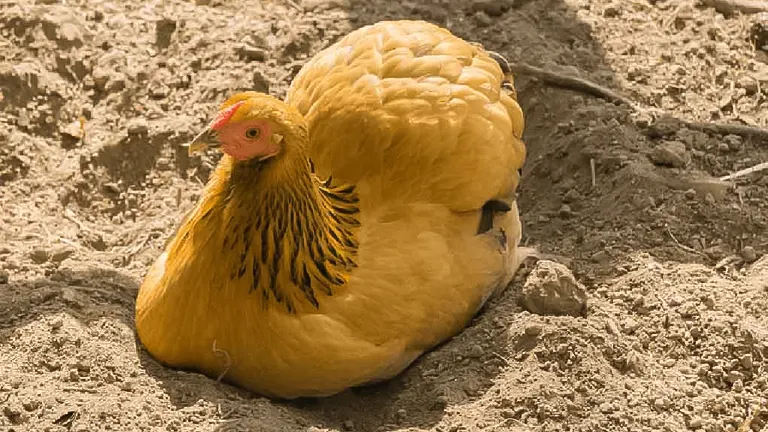
Over the years, a prevailing perception has taken root in the human psyche, asserting that chickens inherently require straw or hay as bedding. However, upon closer examination, it becomes evident that chickens, in reality, do not necessitate bedding throughout their coop except within the confines of nesting boxes. This nuanced exploration seeks to unravel the historical context and dispel common misconceptions surrounding the role of sand in the maintenance of chicken coops.
1. Coarse Sand Stone
Choosing coarse sand stone for your chicken coop is crucial for maintaining a healthy and hygienic environment for your flock. Coarse sand is characterized by larger particle sizes, creating a porous and well-aerated substrate.
Brief Specifications
- Manufacturer: OUPENG
- Package Dimensions: 11.85 x 11.65 x 3.11 inches
- Item Weight: 9.67 pounds
This quality is particularly beneficial for effective drainage, as it allows water to percolate through the sand layer, preventing excess moisture buildup in the coop. Adequate drainage is essential as it helps minimize the risk of the coop becoming excessively damp, which can be detrimental to both the structural integrity of the coop and the health of the chickens.
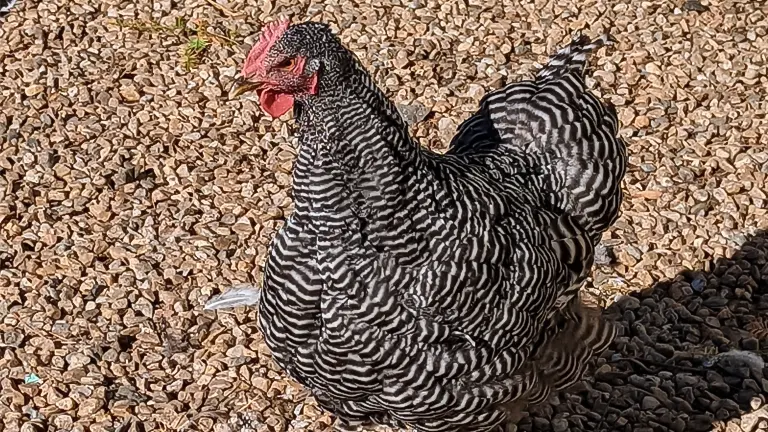
Furthermore, the coarse texture of the sand discourages compaction, ensuring that air can circulate freely within the substrate. Improved aeration is essential for preventing the accumulation of harmful microorganisms like mold and bacteria. By promoting a dry and well-ventilated environment, coarse sand contributes to the overall hygiene of the coop, reducing the likelihood of respiratory issues and diseases among the chickens.
In summary, the choice of coarse sand for your chicken coop serves as a proactive measure to maintain optimal conditions, fostering the well-being of your flock and supporting the longevity of the coop structure.
| Pros | Cons |
|---|---|
| Excellent Drainage: Coarse sand stone allows for superior water drainage, keeping the coop floor dry and reducing the risk of bacterial growth. | Can be Rough on Feet: The coarse texture might be harsh on chickens’ feet, especially for breeds with more sensitive footpads. |
| Durable and Long-Lasting: This type of sand doesn’t break down easily, ensuring a long lifespan of the bedding material. | Heavier to Handle: Due to its weight and density, it can be more challenging to transport and spread in the coop. |
| Low Dust Levels: Coarser grains mean less dust, which is beneficial for the respiratory health of both chickens and their keepers. | Poor Insulation: Compared to finer sands or organic materials, coarse sand stone provides less insulation, which might be a disadvantage in colder climates. |
| Natural Pest Control: The texture can discourage pests and parasites, as it is less hospitable for them to thrive. | Less Comfortable for Dust Bathing: Chickens might find it less comfortable for dust bathing compared to finer sands or ash. |
| Easy to Clean: Its texture and size make it easier to sift and clean compared to finer sands or other materials. | Potential for Compaction: Over time, it can become compacted, requiring regular raking or replacement to maintain its drainage properties. |
2. Wood Ash Sand
Wood ash, often considered a byproduct from wood stoves or fireplaces, can be a valuable addition to your chicken coop for several reasons. Its use in chicken coops, although not as common as traditional sand or other substrates, comes with unique benefits.
Brief Specifications
- Manufacturer: Executive Supply LLC
- Product Dimensions: 5 x 3 x 3 inches
- Item Weight: 1 pounds
Firstly, wood ash is known for its pest repellent properties. When added to the bedding or sand in a chicken coop, it can help in controlling external parasites like mites and lice, which are common nuisances in poultry environments. The fine particles of the ash work by desiccating these pests, leading to their eventual elimination.
Moreover, chickens naturally engage in dust bathing, a behavior essential for maintaining their feather health and overall hygiene. Wood ash can enhance this natural process, providing an abrasive material for the chickens to rid themselves of parasites and dead skin. This aspect of wood ash is particularly beneficial, as it offers a natural, chemical-free method of pest control, which is safer for both the chickens and the environment.

However, there are some considerations to keep in mind when using wood ash. It’s important to ensure that the ash is completely cool and comes from untreated wood. Ash from treated, painted, or varnished wood can contain harmful chemicals that may be detrimental to the health of the chickens. Additionally, while wood ash can be beneficial, it should be used in moderation. Excessive amounts can lead to respiratory issues in chickens due to the fine particles. A thin layer mixed with sand or other bedding materials can be effective.
Also, wood ash has alkaline properties, which means it can alter the pH of the coop bedding. This change can be beneficial as it can reduce odors and create a less hospitable environment for bacteria and parasites. However, it’s essential to monitor the pH balance to ensure it remains within a healthy range for the chickens. Regular cleaning and replacement of the coop bedding, including the wood ash mixture, are crucial to maintaining a healthy and hygienic environment for the poultry.
| Pros | Cons |
|---|---|
| Pest Control: Wood ash is a natural deterrent for pests like mites and lice, aiding in keeping the chickens free from parasites. | Variable Quality: The quality of wood ash can vary depending on the source of the wood, potentially introducing harmful substances if not properly sourced. |
| Nutrient-Rich: Wood ash can add beneficial minerals to the coop floor, which can contribute to the overall health of the chickens. | Messy: It can be messier than regular sand, leading to more frequent cleaning requirements. |
| Odor Neutralizer: It helps in neutralizing odors, keeping the coop smelling fresher. | Dust Concerns: Depending on the fineness, wood ash can be dusty, potentially causing respiratory issues for both chickens and humans. |
| Supports Dust Bathing: It enhances the dust-bathing experience for chickens, which is essential for their hygiene and feather care. | Moisture Retention: It may retain moisture more than coarse sand, potentially leading to a damp environment if not managed properly. |
| Eco-Friendly: Using wood ash is a sustainable option, repurposing a byproduct that would otherwise be waste. | Maintenance: Regular maintenance is needed to ensure the ash remains effective and does not clump or become too compacted. |
3. Capcouriers Play Sand
Capcouriers Play Sand is specifically designed to cater to environments requiring a finer and more refined type of sand, such as children’s sandboxes. Its fine texture makes it a soft and comfortable substrate, which can be particularly appealing for chicken coops. One of the key benefits of using Capcouriers Play Sand in a chicken coop is its safety profile.
Brief Specifications
- Theme: Sand
- Item Dimensions: LxWxH 6 x 9 x 0.5 inches
- Material: Sand
- Seasons All Seasons
- Product Dimensions 6 x 9 x 0.5 inches
The sand undergoes rigorous processing and washing to remove impurities and dust. This dust-free nature is crucial in a chicken coop setting, as it minimizes the risk of respiratory issues in chickens, which can be caused by inhaling fine dust particles. Furthermore, the smooth and fine granules are gentle on the chickens’ feet, reducing the risk of abrasions and injuries that can occur with coarser bedding materials.
However, while Capcouriers Play Sand offers several benefits, it also has some limitations, particularly regarding drainage and moisture control. Unlike coarser sands, such as construction sand or river sand, the fine granules of play sand do not allow water to pass through as easily.
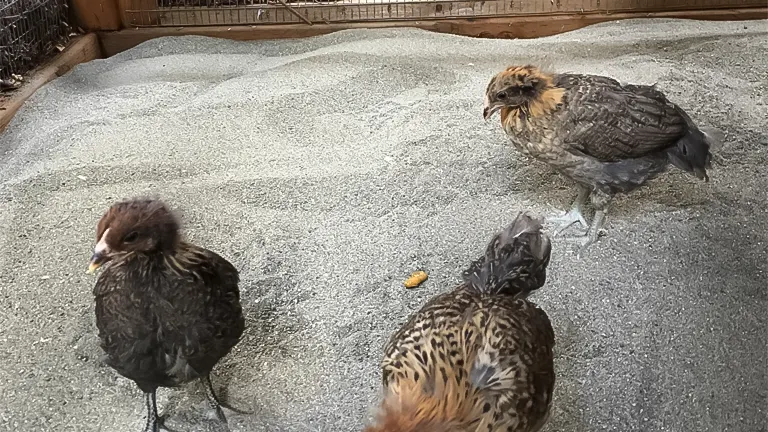
This reduced drainage capability can lead to moisture retention in the coop, which in turn can create an environment conducive to bacteria growth and odor development. In wetter climates or during rainy seasons, this could become a significant concern, necessitating more frequent cleaning and replacement of the sand to maintain a healthy and dry environment for the chickens.
To mitigate this issue, coop owners might consider mixing Capcouriers Play Sand with coarser sand or other materials like wood shavings or straw to improve drainage while still benefiting from the soft, dust-free qualities of the play sand. Regular maintenance and monitoring of the sand’s condition are essential to ensure the health and comfort of the chickens in the coop.
| Pros | Cons |
|---|---|
| Safe and Non-Toxic: Specifically processed to be free of impurities and toxins, making it safe for use around chickens. | Poor Drainage: Finer texture means it may not drain as well as coarser sands, potentially leading to moisture accumulation. |
| Dust-Free: Minimizes the amount of dust, which is better for respiratory health of both chickens and humans. | Compaction Over Time: Tends to compact more easily than coarser sands, requiring regular maintenance to loosen it. |
| Soft Texture: Provides a comfortable surface for chickens, especially beneficial for dust-bathing behaviors. | Less Effective in Cold Climates: Doesn’t provide as much insulation as other materials, which might be a drawback in colder environments. |
| Easy to Clean and Replace: Being finer, it can be easier to sift through and replace when necessary. | May Attract Pests: Due to its finer grains, it can sometimes harbor pests if not regularly maintained. |
| Child-Safe: Since it’s also used in children’s play areas, it’s a great option if safety is a primary concern. | Higher Cost: Typically more expensive than more traditional sand options due to its specialized processing. |
4. Little Farmer Redmond Clay Sand
Little Farmer Redmond Clay Sand is a distinctive type of sand that stands out for its inclusion of Redmond Clay, a natural bentonite clay known for its high mineral content and beneficial properties. This combination of sand and clay offers a unique substrate for chicken coops, providing several advantages over traditional sand types. The key feature of Redmond Clay is its ability to absorb toxins and neutralize odors.
Brief Specifications
- Package Dimensions: 12 x 8 x 3.25 inches; 3 Pounds
- Item Form: Powder
- Unit Count: 48 Ounce
When used in a chicken coop, the clay component of the sand can help in maintaining a cleaner and more hygienic environment. It binds with harmful substances, reducing the presence of ammonia and other odors typically associated with poultry habitats. This feature not only makes the coop more pleasant for both the chickens and their keepers but also contributes to the overall health of the birds by reducing their exposure to potentially harmful toxins.
Additionally, the Little Farmer Redmond Clay Sand serves as a natural pest control agent. The fine particles of the clay can help in deterring external parasites, such as mites and lice, which are common issues in chicken coops. The abrasive nature of the clay particles aids in the chickens’ dust-bathing behavior, a crucial activity for their feather and skin health. This natural form of pest control is safer and more environmentally friendly compared to chemical alternatives.
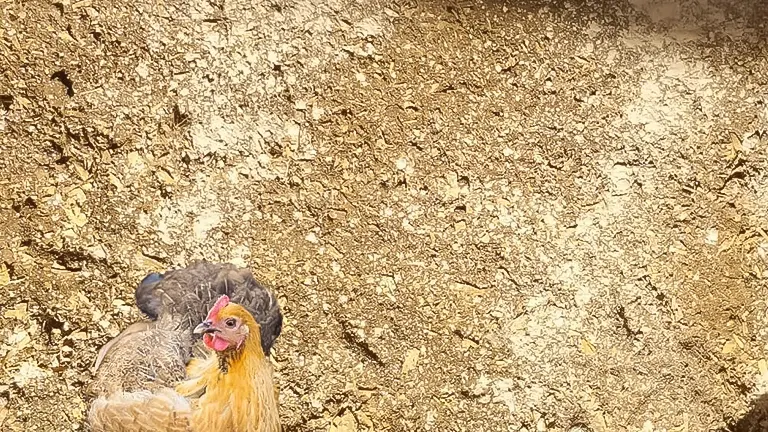
However, it’s important to note that while Redmond Clay Sand offers these benefits, it may have different drainage properties compared to pure sand. Its ability to absorb moisture can be a double-edged sword, as it might lead to the substrate holding onto moisture for longer periods. This aspect requires careful management, especially in humid conditions, to prevent the coop bedding from becoming too damp, which could promote bacterial growth.
Regular cleaning and occasional replacement of the sand-clay mixture are essential to maintain a healthy living environment for the chickens. Overall, Little Farmer Redmond Clay Sand presents a holistic approach to managing a chicken coop, focusing on hygiene, pest control, and environmental health.
| Pros | Cons |
|---|---|
| Toxin Absorption: Redmond Clay’s natural properties allow it to absorb toxins, contributing to a cleaner coop environment. | Limited Drainage: The clay content can hold moisture, which might lead to a damp coop if not managed properly. |
| Odor Control: The clay helps neutralize odors, keeping the coop smelling fresher and more pleasant. | Clumping and Compaction: Over time, the clay can clump or become compacted, requiring regular maintenance to keep it loose and effective. |
| Natural Pest Control: The fine particles of clay can deter external parasites like mites and lice, aiding in chicken health. | Potential for Dust: Depending on the texture, it can be dusty, possibly causing respiratory issues if not adequately managed. |
| Mineral Enrichment: Provides additional minerals which can be beneficial for the chickens’ health. | Weight and Handling: Heavier and more challenging to handle than pure sand, making cleaning and replacing more labor-intensive. |
| Eco-Friendly: Utilizing a natural material like Redmond Clay is a sustainable choice, aligning with eco-friendly practices. | Cost Considerations: May be more expensive than traditional sand due to the inclusion of Redmond Clay. |
5. Pea Gravel Sand
Pea gravel, a type of small, rounded stone, offers distinctive benefits as a bedding material for chicken coops, especially when mixed with traditional sand. The primary advantage of pea gravel lies in its excellent drainage capabilities.
Brief Specifications
- Brand: MIGHTY109
- Package Dimensions: 12 x 12 x 5 inches
- Material: Granite
- Color: Grey
Unlike sand, which can retain moisture and lead to the compaction of the bedding material over time, pea gravel allows water to pass through more easily, keeping the coop floor drier and less prone to bacterial growth. This feature is particularly valuable in wet climates or during rainy seasons, where maintaining a dry coop environment is challenging.
Additionally, the rounded shape and larger size of pea gravel particles make it less likely to compact under the chickens’ constant movement, thereby preserving a loose and aerated structure of the coop floor. This aeration is crucial for preventing the development of mold and mildew, common issues in poorly drained and compacted bedding.
Furthermore, mixing pea gravel with sand can enhance the overall quality of the coop floor. While sand alone can become dusty and compact over time, the inclusion of pea gravel mitigates these issues. The gravel’s larger and heavier particles help to weigh down the sand, reducing dust and providing a more stable surface for the chickens to walk on. This mixture can also be beneficial for chickens’ natural behaviors, such as scratching and dust bathing.
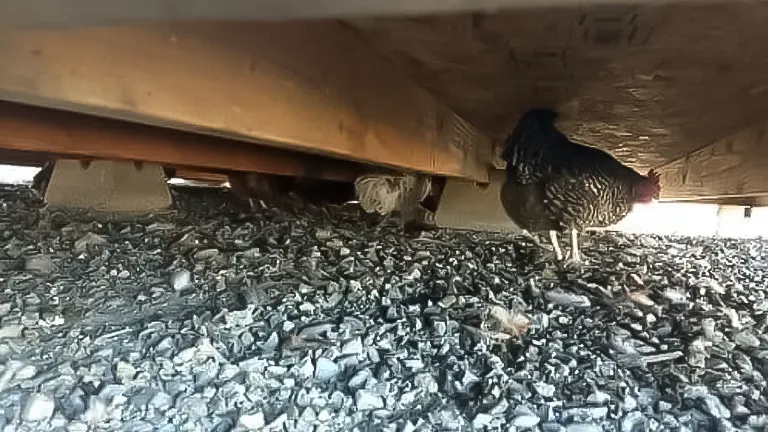
The varied texture and firmness offered by the combination of sand and pea gravel can mimic the natural ground, encouraging these instinctual activities. However, it’s important to consider the size of the gravel; too large, and it may become uncomfortable for the chickens to walk on, while too small, and it could be ingested, leading to potential health issues.
Regular maintenance, such as raking and occasional replenishing of the mixture, is essential to maintain the optimal condition of the coop floor. In summary, pea gravel, when used in conjunction with sand, provides a practical and health-promoting solution for chicken coop bedding, balancing drainage, comfort, and natural behavior facilitation.
| Pros | Cons |
|---|---|
| Excellent Drainage: Pea gravel allows water to drain through quickly, keeping the coop floor dry and reducing moisture-related issues. | Hard on Feet: The rough and uneven surface can be tough on chickens’ feet, especially for breeds with sensitive pads. |
| Low Compaction: Unlike finer sands, pea gravel doesn’t compact easily, maintaining a loose and aerated coop floor. | Not Ideal for Dust Bathing: Chickens may find it less comfortable for dust bathing compared to finer sands or dusts. |
| Durable and Long-lasting: It doesn’t break down over time like organic bedding, making it a long-term solution. | Ingestion Risk: There’s a small risk of chickens ingesting the gravel, which could lead to digestive issues. |
| Easy to Clean: Larger gravel size makes it easier to clean and sift through compared to finer sands. | Poor Insulation: Provides less insulation than organic beddings, which might be a concern in colder climates. |
| Pest Resistant: Its texture and composition make it less hospitable for pests and parasites. | Requires Regular Maintenance: May need regular raking and occasional replenishment to maintain optimal conditions. |
Frequency of Sand Replacement in the Coop
Once the sand is properly installed, there is generally no need for a complete replacement; instead, periodic refilling suffices. During regular coop maintenance, larger sand particles that may have become soiled over time will need to be removed, reducing the overall volume of sand in the coop or run.
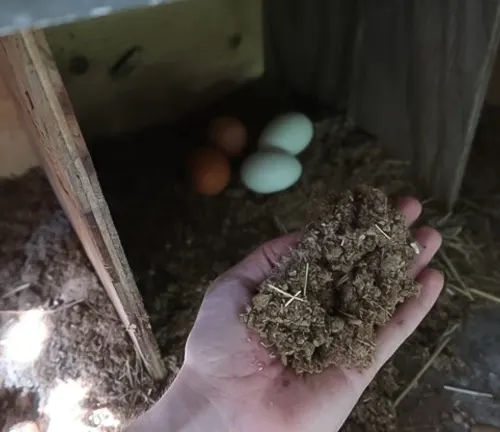
Fortunately, replenishing the sand is a straightforward process. You can easily obtain a bag or order a small quantity of replacement sand from your local builders’ yard or home improvement center. This feature stands out as one of the most significant advantages of using sand in the coop—after the initial setup, there is no recurring need for complete replacements unless faced with unforeseen disasters.
This simplified and low-maintenance approach adds to the appeal of sand bedding for chicken coops, offering a hassle-free and enduring solution for coop upkeep.
Exploring Alternatives to Sand Bedding
Various bedding materials present viable alternatives to sand, each with its own set of characteristics and considerations. Among the commonly used options, straw, hay, and grass are popular choices, but their drawback lies in moisture retention and bacterial growth. Regular replacement is essential as they degrade over time and can lead to respiratory issues when moldy.
For those with access to a personal hay or straw source, this proves to be an economical bedding material, although the risk of mold and frequent changes persist. Grass clippings, while free, should be untreated by pesticides or lawn chemicals. Chickens tend to appreciate this bedding due to the opportunity to forage for seeds and other tidbits.
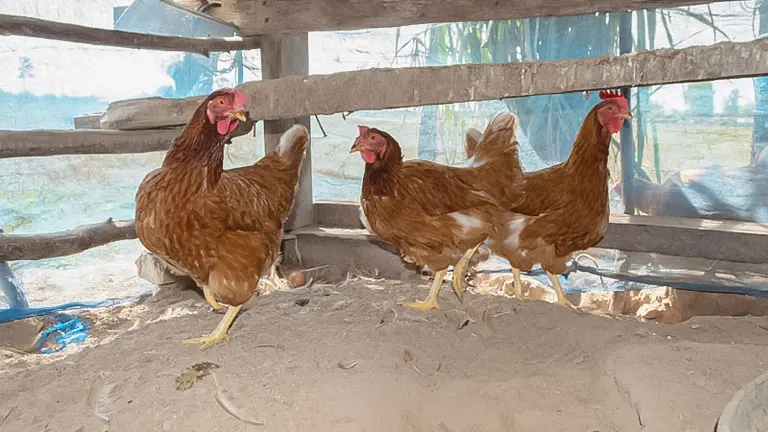
Pine shavings, needles, or leaves offer a favorable alternative, emitting a pleasant scent initially. Dry pine needles excel in nesting boxes, while leaves, when scattered in the run, decompose swiftly, serving as future garden mulch. Pine shavings stand out in nesting boxes and brooders for small chicks due to their easy removal, replaceability, and cost-effectiveness.
Although less absorbent, newspaper or shredded paper can be used in a pinch but isn’t recommended for full-time use. Hemp, while somewhat elusive, is absorbent, soft, low in dust, and composts well, making it a promising but potentially costly option. Wood chips emit a pleasant aroma and are favored by chickens, particularly in run areas. While prone to dampness and molding after a few weeks, they attract insects for chickens to snack on, and their breakdown yields valuable compost for the garden. The choice among these alternatives hinges on factors such as availability, cost, and the specific needs of the coop and its inhabitants.
Considerations for Using Sand in Your Chicken Coop
When contemplating the use of sand in your chicken coop, the optimal time for implementation is during the initial setup of the coop and run. While adjustments can be made to an existing coop, it demands meticulous planning and substantial effort. It’s crucial to exercise caution with certain age groups; for instance, using sand in a brooder is strongly discouraged as chicks may ingest it, leading to impaction and potential fatalities. Sand bedding is best suited for pullets or older hens, aligning with their dietary needs and minimizing health risks.
Environmental consciousness is another factor to weigh in the decision-making process. If aiming for an eco-friendly coop, the use of a finite resource like river sand prompts reflection on its justification. Assessing the environmental impact and sustainability of the chosen bedding material becomes integral to responsible coop management.
Ultimately, the choice among various bedding types depends on your specific circumstances. With multiple options available, each presenting its own set of advantages and considerations, thoughtful selection based on factors such as age, environmental impact, and practicality will ensure a bedding solution that best suits your coop and enhances the well-being of your feathered residents.
Final Concluding Thoughts
In conclusion, when selecting the best sand for a chicken coop, it’s important to balance various factors such as drainage, comfort, pest control, and maintenance. Coarse Sand Stone offers excellent drainage and durability, while Wood Ash Sand provides added benefits in pest control and odor neutralization. Capcouriers Play Sand stands out for its safety and dust-free nature, making it ideal for respiratory health.
Little Farmer Redmond Clay Sand brings the unique advantages of toxin absorption and mineral enrichment, whereas Pea Gravel Sand excels in drainage and ease of cleaning. Ultimately, the best choice depends on your specific needs, climate conditions, and the behavior of your chickens. Regular maintenance and careful observation will help ensure that whichever type you choose contributes to a healthy, hygienic, and comfortable environment for your poultry.
Frequently Asked Questions
- What type of sand is recommended for a chicken coop?
Ideally, river sand, also known as bank sand, coarse sand, or construction sand, is recommended. It contains a mix of sand and larger particles, resembling a riverbed composition. - Is play sand suitable for a chicken coop?
No, it is not recommended. Play sand, often composed of ground-up quartz, generates excessive dust that can lead to respiratory issues in chickens. Additionally, it has been associated with health problems, including impacted crops. - How deep should the sand bedding be in the coop?
Around four inches of sand is generally recommended for effective use in a chicken coop. This depth provides a comfortable and beneficial environment for the chickens. - Does sand bedding require any special maintenance?
Sand is relatively low-maintenance once the initial setup is complete. Regular additions of small amounts of sand a few times a year are typically sufficient. - Can sand be used in coops with elevated structures?
Yes, but structural reinforcement may be necessary due to the weight of sand. Coops elevated from the ground may require additional support to bear the load. - What are the advantages of using sand in a chicken coop?
Some benefits include minimal dust levels, temperature stability, decay resistance, and effective moisture dissipation, creating a clean and consistent environment for the flock. - How much does river sand cost for coop bedding?
The cost of river sand can vary, but in the United States, it typically ranges between $25 and $40 per ton. The overall cost depends on the size of the coop and run. - Can sand be used in compost for the garden?
No, sand is not an effective material for compost. While it aids in breaking up clay soil, it lacks the compostable qualities found in materials like straw. - Is river sand a renewable resource?
No, river sand is not renewable, and it takes thousands of years to form. This may be a consideration for individuals with environmental sustainability concerns. - Are there health concerns associated with using sand in a chicken coop?
When the correct type of sand is used, there are generally no health concerns. However, using the wrong type, such as play sand, can lead to respiratory issues and health problems, particularly in small chicks and certain breeds of chickens.
We’re eager to learn from your experiences! Feel free to share your thoughts and personal experiences with the chosen sand for your chicken coop in the comments section below. Your valuable insights can make a significant difference for fellow poultry enthusiasts, aiding them in making informed decisions for their coop setups!

Edward Smith
Forestry AuthorWoodworking is about more than crafting; it's a harmonious connection with nature, mastering tools, and preserving our environment. I'm here to share my knowledge and experiences with you, forging a future where we can embrace wood's beauty and utility while safeguarding our forests' health and diversity.
4 comments
I have 3 chickens in side small coup , can I put river sand or something else?
Ana
January 23, 2024 3:01 pmHi Ana, It sounds like you’re doing a great job caring for your chickens! As for your question, yes, you can use river sand in your chicken coop. It’s a natural choice and can help with drainage.

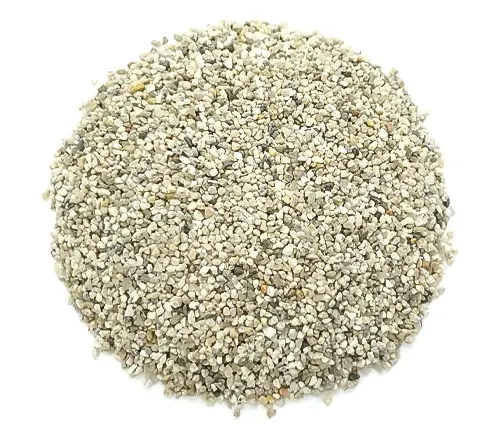
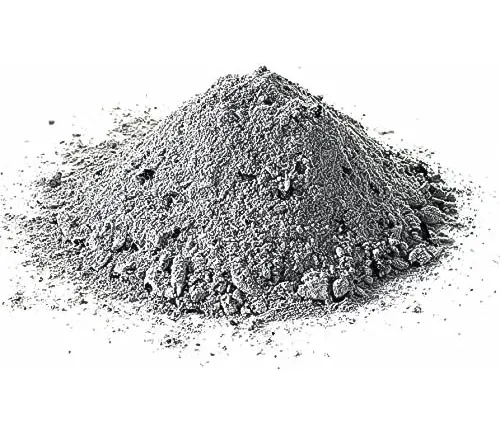
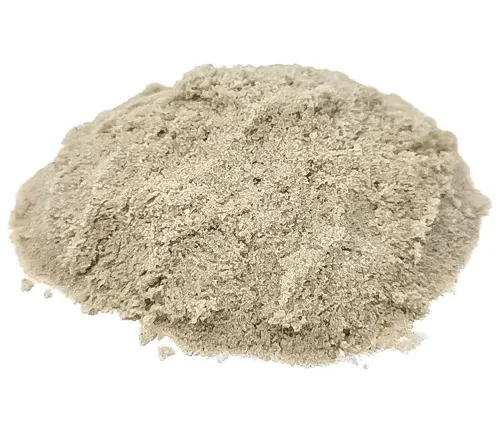
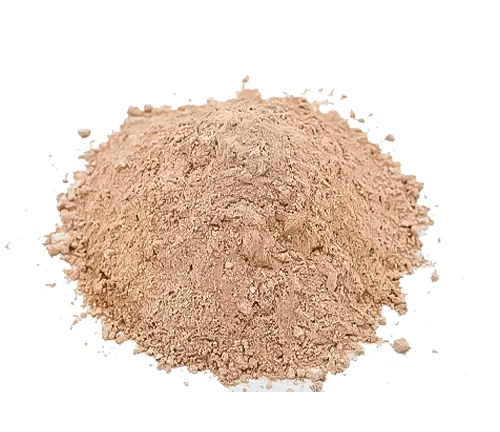
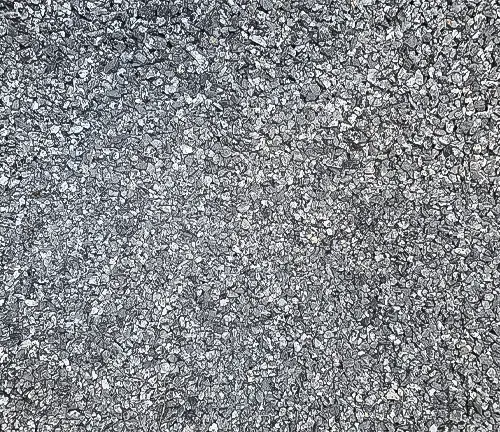












Where is a good place to buy river sand by the ton? Is it something offered at rock quarries?
Shona
March 18, 2024 2:17 amYes, get concrete sand. It's course with some large pebbles. It should work great.
Bethany
May 29, 2024 6:10 am